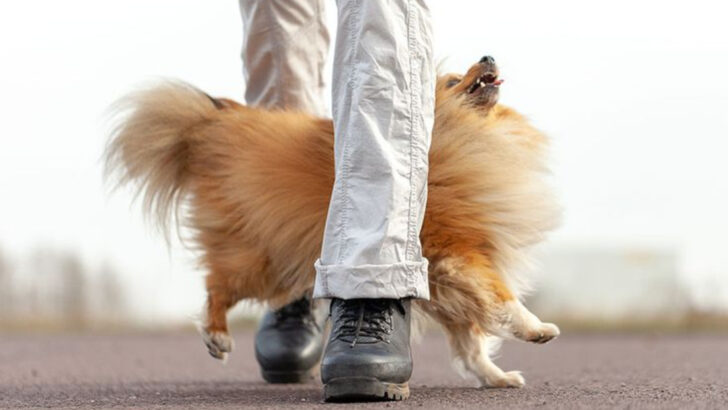Your dog loves you—but there’s love, and then there’s obsession.
If your pup can’t handle being in a different room for more than thirty seconds… we need to talk.
Clinginess might seem cute at first—those big eyes following you everywhere, the whines when you close the bathroom door—but there’s a point when devotion crosses into distress.
Shadowing your every move. Pacing when you’re gone. Acting like the world has ended when you grab your keys.
This isn’t loyalty—it’s anxiety in disguise.
Some dogs just crave closeness, but others are silently struggling with separation and stress. It’s not about guilt. It’s about recognizing the signs and helping them feel safe—even when you’re not around.
Here are 17 warning signs your dog might be too attached—and what that really means for both of you.
Follows You Constantly

Ever feel like you have a furry shadow? Some dogs seem to be glued to their owner’s side, following them from room to room.
This behavior, while sweet, can indicate anxiety when apart.
Dogs with high dependency might even follow you to the bathroom! It’s essential to encourage independence by occasionally leaving your dog in a separate room with toys or treats.
Shows Signs of Separation Anxiety

Separation anxiety in dogs manifests as restlessness or destructive behavior when left alone. Whining, barking, or chewing furniture can occur.
Understanding the root cause is important. Dogs may feel stressed without their human companion.
Professional training might be needed to alleviate severe anxiety, helping your dog manage time apart.
Displays Excessive Barking
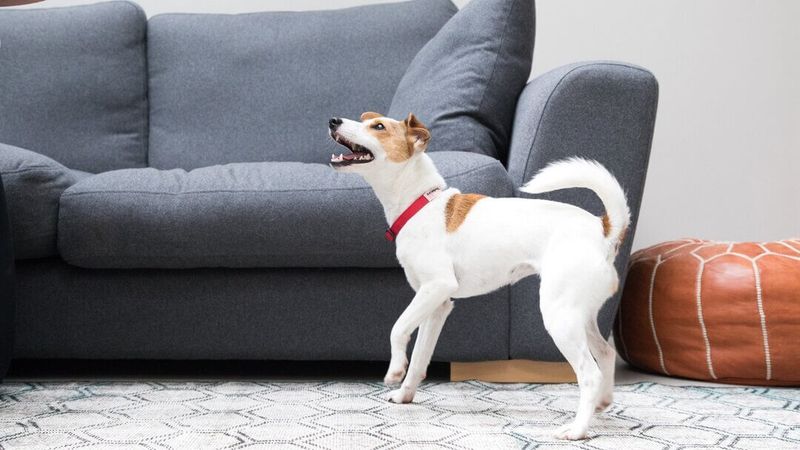
Barking is a natural dog behavior, but excessive barking can be a sign of over-attachment. A dog may bark endlessly when their owner leaves the room.
This behavior can disturb neighbors and stress the owner.
Training techniques, like positive reinforcement, can help reduce barking triggered by separation.
Appears Jealous of Other Pets
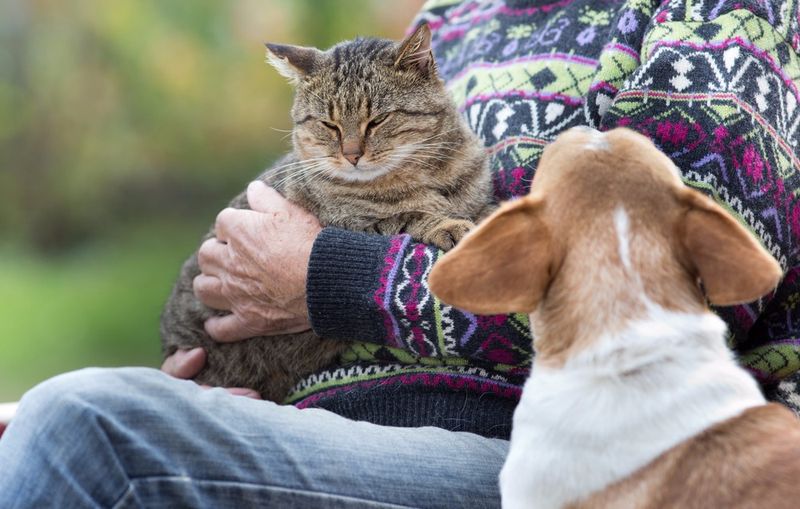
Jealousy isn’t just a human trait. Dogs can feel left out when their owner pays attention to another pet.
This can lead to resentment or aggression toward the other pet.
It’s important to ensure all pets feel equally loved and to monitor interactions to prevent negative behavior.
Refuses to Eat When You’re Away

Some dogs won’t eat unless their owner is present. This could signal an extreme dependency on the owner’s presence for comfort.
Such behavior isn’t healthy and leads to weight loss or malnutrition.
Gradually acclimating your dog to eat alone by leaving the room during feeding can help.
Constantly Seeks Attention

If your dog is always nudging you for pets, they might be craving attention too often.
Such behavior can be overwhelming and indicates they are overly reliant on you for stimulation.
Ensuring your dog has toys and engages in regular exercise can provide the mental and physical stimulation they need independently.
Becomes Overly Protective
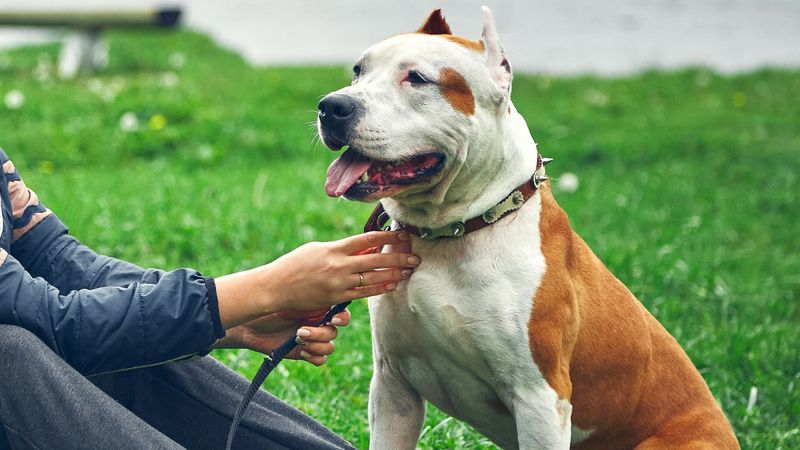
Dogs naturally protect their owners, but becoming overly aggressive toward others might be problematic.
This behavior indicates an unhealthy attachment, causing stress for both owner and dog.
Proper socialization with people and other dogs can help ease protective tendencies.
Hesitates to Socialize with Other Dogs

A dog attached to its owner may shy away from interacting with other dogs.
This reluctance can prevent them from developing essential social skills.
Encouraging your dog to play in safe, controlled environments fosters healthier relationships with their fellow canines.
Shows Signs of Depression When Away

Whenever you leave, does your dog seem to lose its spark?
Dogs can experience depression, showing lethargy or disinterest in usual activities.
Boosting your dog’s spirits through interactive toys and scheduled playdates can mitigate these feelings of abandonment.
Clings to You During Walks
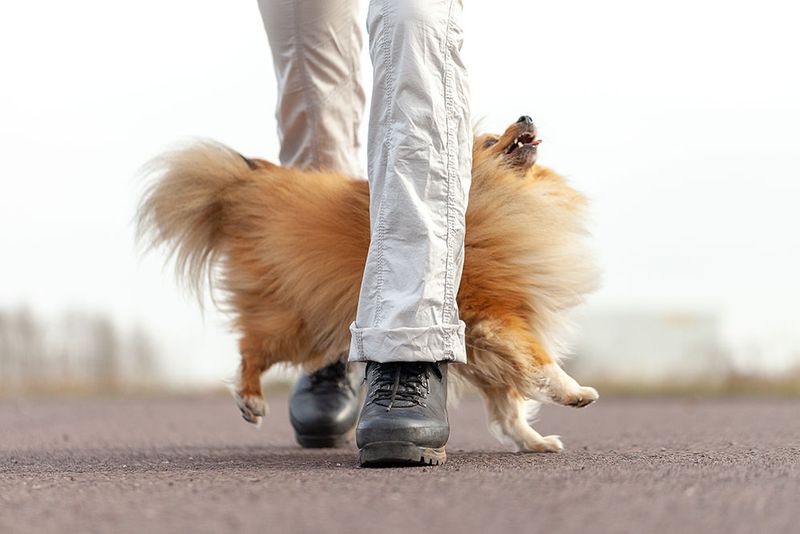
On walks, some dogs stick so close that they trip their owner.
While endearing, it can be a sign of insecurity or fear.
Gradually training your dog to walk independently using treats and positive reinforcement can boost their confidence.
Doesn’t Like Being Left with Others

Do you struggle to leave your dog with a friend or sitter?
Dogs wary of being left might be too attached, showing anxiety or stress around new caregivers.
Familiarizing your dog with trusted individuals can ease their fears and promote independence.
Sleeps Only When Near You
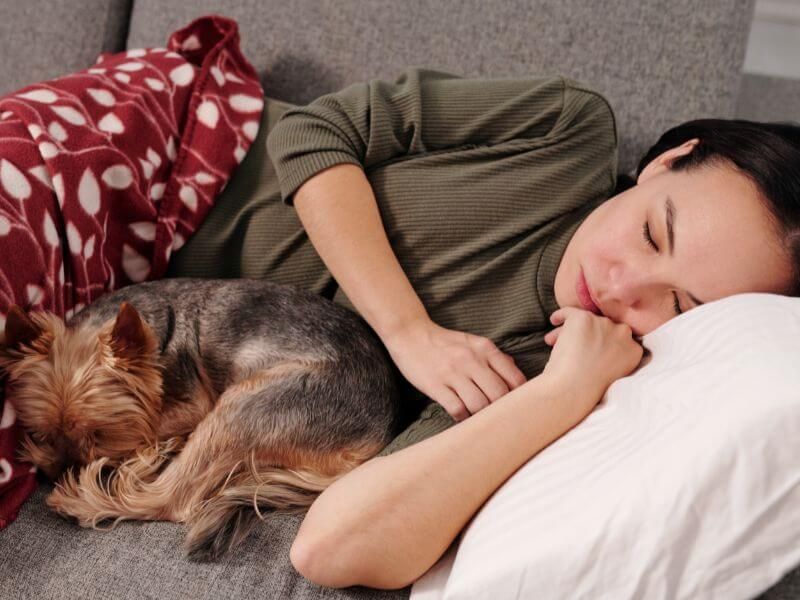
A dog that insists on sleeping next to you might have trouble resting alone.
This behavior, though comforting, can indicate a lack of confidence in their environment.
Encouraging your dog to sleep in its space with comforting items can help build independence.
Becomes Anxious During Your Preparations to Leave
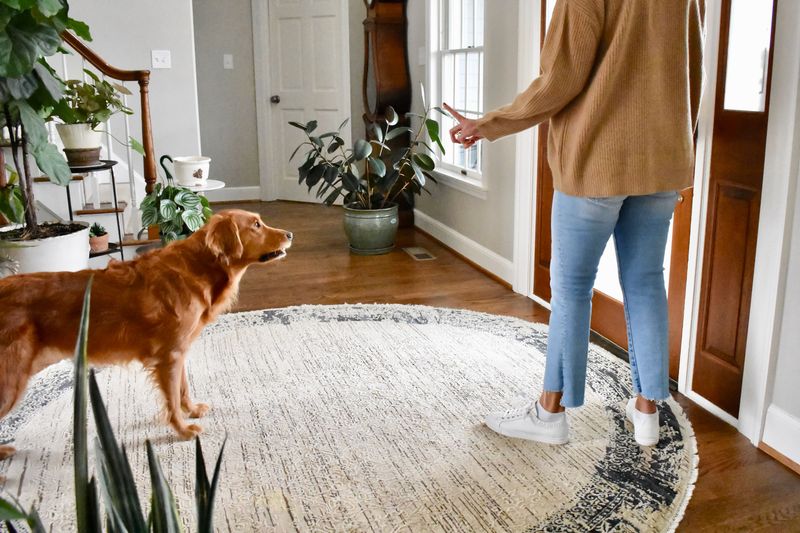
Does your dog pace as you get ready to leave?
They might be exhibiting pre-departure anxiety, which can lead to stress behaviors.
Training routines that ease departures, like ignoring the dog before leaving, can reduce anxiety levels.
Acts Hyperactive Upon Reunion
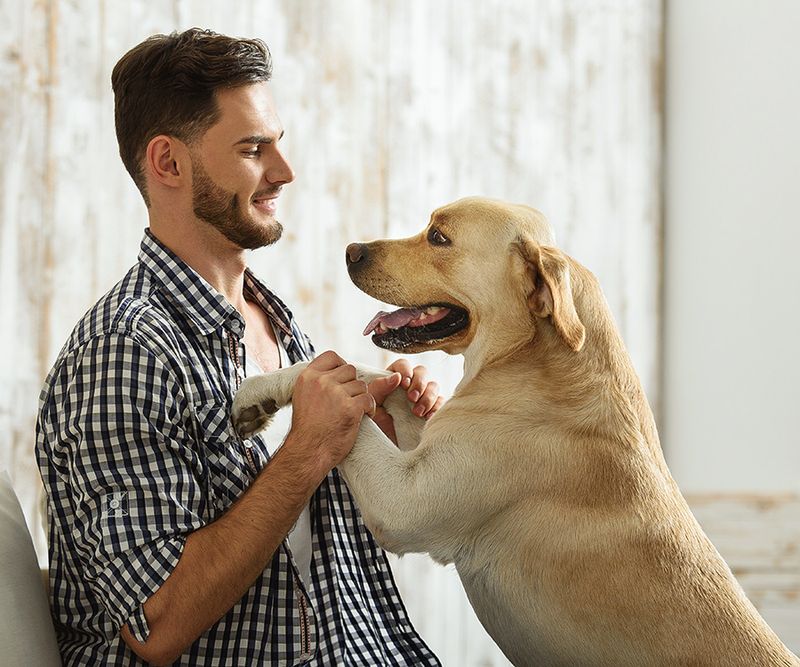
An overly enthusiastic welcome home might seem cute, but it can stem from separation anxiety.
Hyperactivity at reunions can suggest your dog is overly reliant on your presence for emotional balance.
Gradually encouraging calm greetings helps manage this behavior.
Refuses to Be Alone Outdoors
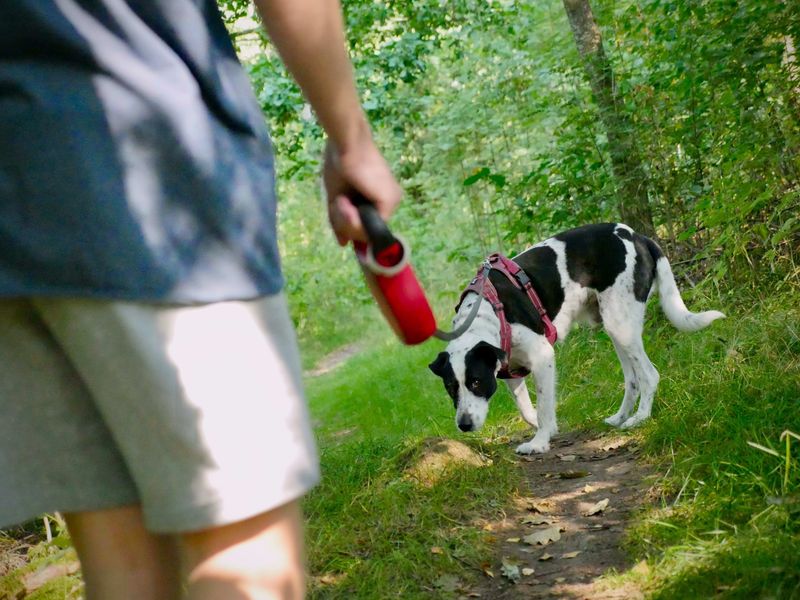
Some dogs refuse to be left outside alone, whining or scratching at doors.
This insecurity can stem from over-dependence on their owner’s company.
Training your dog to enjoy solo outdoor time with toys or treats can foster self-assurance.
Demands to Be Held Often

Does your dog demand constant cuddles or to be carried?
While some breeds are more prone to this behavior, it can indicate dependency issues.
Teaching your dog to enjoy independent activities while still providing affection fosters a balanced relationship.
Appears Unsettled by Your Mood Changes
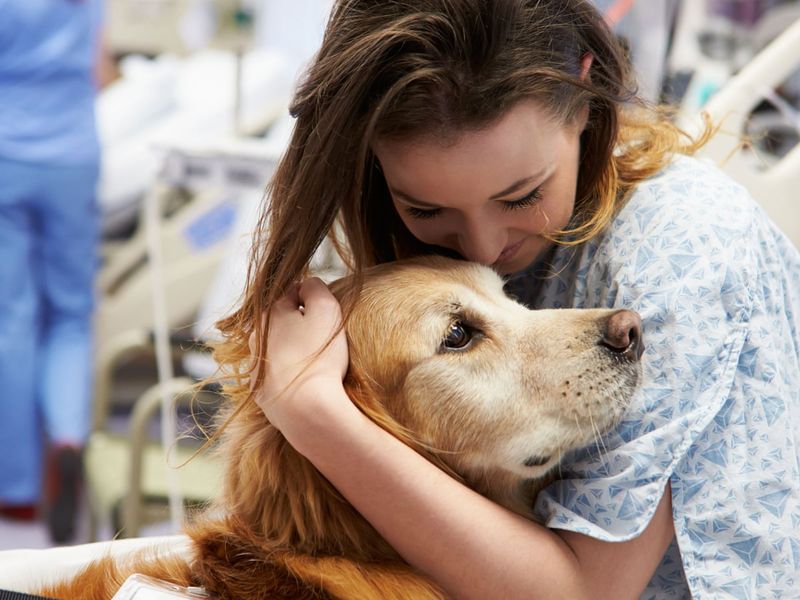
Dogs are perceptive and often mirror their owner’s emotions, sometimes too intensely.
If your dog becomes anxious or distressed by your mood changes, it may be overly attached.
Creating a stable environment and routine helps your dog feel secure, reducing emotional dependency.

